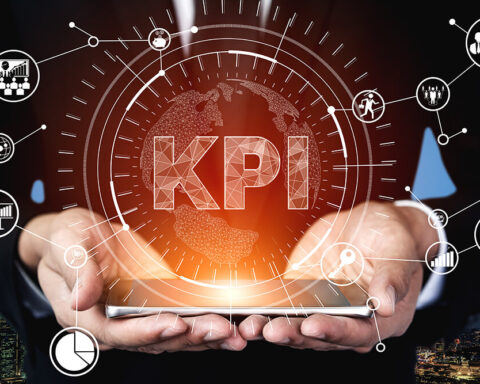In January 2019, iPhone maker Apple made the surprise decision to cut its sales forecast. It caused the price of Apple shares to drop, and the company is believed to have lost billions of dollars as a result.
In a note to investors, Apple CEO Tim Cook said that slow iPhone sales and the revised sales forecast are because of a sales slump in China. “While we anticipated some challenges in key emerging markets, we did not foresee the magnitude of the economic deceleration, particularly in Greater China,” explained Cook.
The Chinese economy has been affected by trade relations with the United States and Apple also suspects that some Chinese consumers have shied away from buying an iPhone because Apple is an American brand.
China is a major region for companies like Apple. There are more than 800 million Internet users in the country, and 98% of them are on mobile, so there is a huge potential market. However, analysts and critics of Apple disagree that slow sales in China are the only reason why Apple has lowered its sales forecast, saying that there are more factors causing consumers to buy fewer phones from Apple.
Apple is Being Priced Out of the Chinese Market

It is true that Chinese consumers are buying fewer smartphones than before. A study on Chinese consumer buying habits, published by (Tencent-backed) research firm Penguin Intelligence, surveyed 70,000 Chinese smartphone owners on their plans for buying a new smartphone. Of those surveyed, around half said that they would purchase a phone once every two years. However, just 16% of iPhone owners in 2017 said they would buy a new phone each year (down from 27.8% in 2016), compared to 23.5% of Android owners (down from 34.7% in 2016).
Apple is hardest hit by the decline in Chinese smartphone sales, and it has the least brand loyalty. One reason for this is that the Apple iPhone is a lot more expensive than homegrown, Chinese competitors. When the OnePlus 6 launched in China in 2018, its starting price was 3,199 Yuan (approximately $503), and its hardware specs of 6GB of RAM, an octa-core processor, and 20MP camera are more powerful than the iPhone XS Max specs of 4GB of RAM, hexa-core processor, and 12MP camera. However, iPhone XS Max launch prices in China began at $1,397 which is almost triple the price of the OnePlus 6. In China, the iPhone was also nearly $300 more expensive than in the United States, where the iPhone XS Max was launched at $1,099.
Refurbished Phones Are a More Affordable Alternative

It’s not just China where pricing is causing a decline in iPhone sales. In Western regions, such as the United States, brand new Apple iPhones are losing out to more affordable alternatives. Apple is still very popular in the West, and consumers love the quality of the phones and how easy they are to use. However, not everyone can afford to buy a brand new iPhone which is why many have begun to look at refurbished phones.
Refurbished phones offer the same quality as a brand new phone and have been tested to confirm that they are in working order. Consumers can also buy refurbished iPhones in excellent cosmetic condition (refurbished grade A) which means it will look like new and the only difference is the price. There are big savings to be had on refurbished phones, and you can see this by looking at the cost of a refurbished iPhone X unlocked. Prices of a refurbished iPhone X start at around $700, with some unlocked models available for $669. This is more than $300 less than the $999 launch price from November 2017. Although the unlocked version of the iPhone X (not locked to a cell phone carrier) are more expensive than locked versions (locked to carriers like Verizon, Sprint, and AT&T), shoppers could still potentially save hundreds of dollars by buying refurbished than brand new from Apple.
Apple Fails to Find Success in Emerging Markets

With the price of an iPhone causing sales to decline in major regions such as China and the United States, it’s little surprise that in emerging markets, which are more price sensitive, Apple is failing to find success. While there is some interest in premium handsets in emerging markets like India and the African continent, consumers have a different idea of premium pricing than what you may expect. To many in these regions, a premium smartphone is one that costs around $400. The iPhone, which may cost more than $1,000, is way above that.
Emerging markets provide a brilliant opportunity for Apple. Africa has one of the fastest-growing smartphone markets in the world, and over the past five years, the region’s annual mobile usage has increased by 65%. The average selling price of a smartphone in Africa is $150, so smartphones like the iPhone XS, which cost more than $1,500 in the region are unable to gain much traction.
There are lots of things that Apple could do to increase iPhone sales, such as offering more powerful specs and innovative features. However, it’s the price that may make the biggest difference as mobile markets all over the globe are in Apple iPhones, but at a much lower price.




